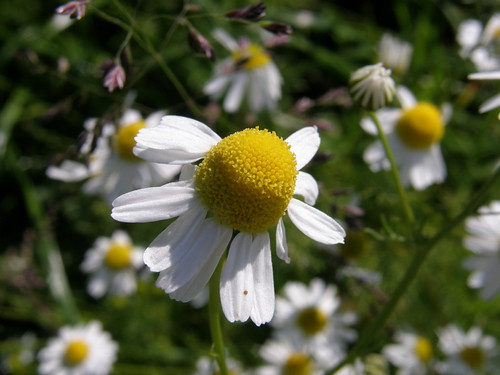Or: Fleeting Moments of Wonder V

Looking over Leighton Moss.
For Father’s Day TBH and the kids bought me ‘The Butterfly Isles’ by Patrick Barkham. I haven’t read much of it yet, but I’m fairly confident that I’ll enjoy it. It details an attempt to see in one year all of the British butterfly species. There’s a map and a list showing all of the places visited where butterflies were seen. Of the 35 sites listed 3 are in this immediate area: Latterbarrow, Meathop Moss and Arnside Knott.
Meanwhile I also read:
If you ask anybody where is the best place to watch butterflies in Britain, they will probably say ‘down south’ somewhere. Those really in the know would say that there are a few areas in the north that are pretty good too! East of the Pennines, the North York Moors have some excellent butterfly habitat and there are several good areas in Scotland, too. But to my mind, there is no doubt that the limestone hills on both sides of Morecambe Bay constitute the butterfly watching capital of the north.*
And yet I know that I have only ever seen a small fraction of the 35 species which live in this area. Reading Patrick Barkham, in the introduction to ‘The Butterfly Isles’ describing himself, aged 8, and his father scanning for butterflies with binoculars and then haring after them with their cameras has given me a new resolve to try to catch up with at least a few more of that elusive 35.
It was in part for that reason that I had changed my mind about following my usual route over the crag and was now heading into Yealand Allotment. And at the first opportunity I turned up one of the rides through the trees, kept open to provide a habitat for butterflies.
And before long I saw a butterfly, off to the side of the path, something orange, I thought perhaps a skipper. I left the path to try to get a closer look, but lost sight of it, partly because I was distracted by the great numbers of damselfly and grasshoppers which my every step was sending into the air. 
I think that these are blue-tailed damselflies.
I think that this is…

..is an azure damselfly. Apparently, the key to differentiating this from numerous similar species is the mark on the second abdominal section.

A common green grasshopper. Perhaps.
Something large and blue whirred past – a male broad-bodied chaser, but was gone too quickly. Then another butterfly, orange and brown, which disappeared into the trees, but led me to these busy hoverflies…

I decided to sit down and eat a banana. Perhaps the wildlife would come to me. It didn’t quite happen that way, but I did see another butterfly on the path below me. I followed. It led me on a merry dance, but eventually I got some photos…

A fritillary!

It kept moving on – sunning itself, but off again if I got at all close. But then, as shade crept across the glade, it found itself a grass stalk, folded its wings and apparently settled down for the night. Do butterflies do that? It was quite happy for me to get as close as I liked…

I struggled, from my books, to work out whether it was a pearl bordered fritillary or a small pearl bordered fritillary, but it’s the latter – the patchwork of white on the undersides of the wings is the clincher. (Find an excellent identification guide here.)
I took lots of photos, since the spbf was being so obliging, but then caught another movement in the corner of my eye…

…a small skipper (I think).

One of the same hoverflies I saw before? Possibly helophilus pendulus.

The spbf hadn’t moved. I took no end of photos – I’ve never got close enough to any of the many fritillary species which are resident here to get photos before.

More grasshoppers…

A final word to Patrick Barkham:
A journey in search of every species of butterfly is about our need to celebrate and capture fleeting moments of wonder as we fly through our lives.

Leighton Moss again. (Like the top photo, taken from further up the hill than where I saw all the insects).
*Sam Ellis in ‘The Best Butterfly-Watching in the North’ collected in ‘The Arnside and Silverdale Area of Outstanding Natural Beauty’ edited by Terry Keefe




































 Although I’m far from confident. It was popular with bees…
Although I’m far from confident. It was popular with bees… I noticed that the polled baskets on this bee were grey – it never occurred to me that the colour of the pollen basket might be a function of the type of pollen being collected until I came across that idea
I noticed that the polled baskets on this bee were grey – it never occurred to me that the colour of the pollen basket might be a function of the type of pollen being collected until I came across that idea 



































